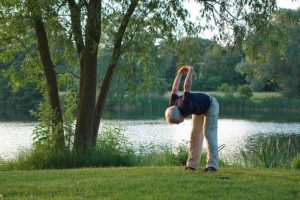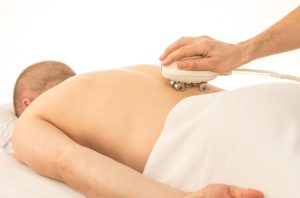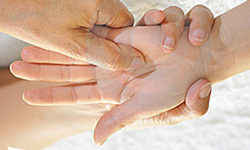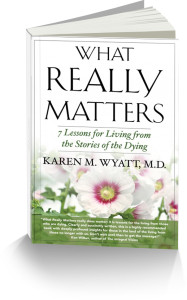
In the past we only heard about deaths from prescription-related drug overdose when high-profile celebrities like Whitney Houston or Heath Ledger died unexpectedly. But the startling fact we must grapple with today is that drug-related deaths in the US now outnumber traffic fatalities and gun deaths. Data from the Center for Disease Control and Prevention shows that the death toll due to drugs has nearly quadrupled since 1999 and emergency room visits tied to the abuse of prescription painkillers have jumped 111 percent over a five-year period.
Some experts believe that the use and abuse of pain medications has now reached epidemic proportions, having been fueled by a change in physician prescribing practices over the past decade, resulting in more liberal use of highly addictive narcotics for moderate pain. The US consumes approximately 80% of the world’s opioid supply. Pharmaceutical companies, always seeking profitable new markets to tap into, are in the process of developing even more new forms of the addictive opioids.
Clearly, many patients with legitimate pain are becoming unintentionally addicted to the medications they have been prescribed because the drugs are so potent and can cause tolerance and dependence in a relatively short time. But what if you are experiencing chronic or acute pain and don’t want to risk becoming a victim of the drugs that have been prescribed for you? One piece of advice is to use pain medications very sparingly rather than on a regular schedule. Whenever possible try other techniques for coping with pain rather than reaching for a pill:
1. Laugh.

Laughter causes the release of natural endorphins in the brain, which help increase your ability to tolerate pain. So watch a funny movie, humorous videos on YouTube, or enjoy a laugh with friends.
2. Listen to music.

Music has been shown to be effective at reducing the experience of pain for a variety of reasons including increasing relaxation, causing distraction from negative feelings, and also creating neurochemical changes in the brain. Try various types of music that you enjoy to see which is the most effective for you.
3. Exercise.

Moving the body has been shown to reduce pain by releasing endorphins and improving function. Go for a walk, dance, do yoga or just move any part of your body that you can use without further injury. Check with your doctor or physical therapist first if you have a condition that makes exercise difficult.
4. Get a massage.

Studies have shown that massage can be as effective as pain medications for alleviating discomfort and can also help with inflammation, swelling and stiffness. In addition, massage also causes the release of endorphins, which have already been discussed.
5. Use guided imagery.

This form of relaxation/hypnosis has been shown in multiple studies to provide effective pain relief as well as improve sleep, elevate mood and increase motivation. You can listen to audio tapes or CD’s that talk you through the process of guided imagery to get the most benefit.
6. Color.

While it hasn’t been studied scientifically yet, many chronic pain sufferers use coloring to distract them from their pain. These colorists say that creating beautiful designs on paper reduces stress and provides a means for self-expression that makes it easier to live with pain.
7. Practice deep breathing.

Deep breathing helps increase relaxation, reduce stress and improve energy levels. Try it multiple times throughout the day and combine it with other techniques for the most benefit.
8. Love.

Experiencing loving feelings and sexual intimacy can help alleviate pain by releasing endorphins, generating positive emotions and decreasing anxiety. Ask your partner for a massage for added benefits.
9. Pray or meditate.

Prayer and meditation have both been shown to be effective at reducing pain by increasing relaxation, providing distraction and alleviating anxiety.
10. Practice EFT.

Emotional Freedom Techniques, also known as tapping, has been demonstrated to be effective in reducing pain symptoms and studies are now showing that the practice can help reduce cortisol levels and stress. It is a simple technique that can be learned quickly and requires no special tools.
If you have been given narcotic medications for chronic or acute pain, view your prescription as potentially dangerous and use it with caution. By utilizing some of these techniques you should be able to reduce your reliance on drugs and feel calmer, more alert and in better control of your symptoms. Be sure to keep your medication away from children, dispose of any unused medication safely (such as through a pharmacy take-back program) and never share any prescription with another person.
About the Author:
Dr. Karen Wyatt is a hospice and family physician who writes extensively on spirituality and medicine, especially at the end-of-life. She is the host of End-of-Life University Interview Series and author of “The Tao of Death” and the award-winning book “What Really Matters: 7 Lessons for Living from the Stories of the Dying” Connect with her at karenwyattmd.com, on Facebook at fb.com/KarenWyattMD and on Twitter @spiritualmd

